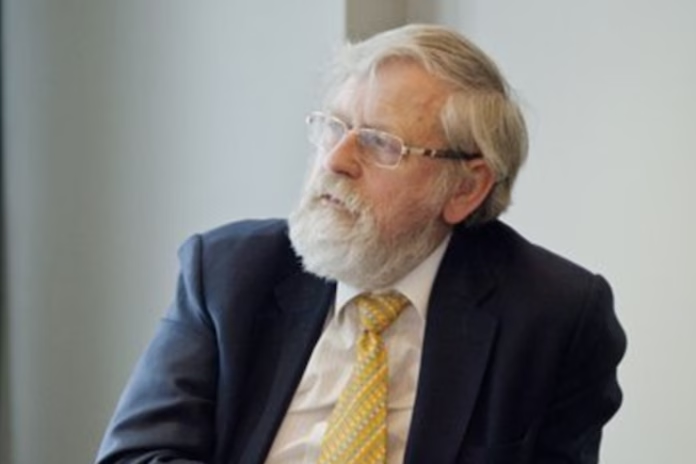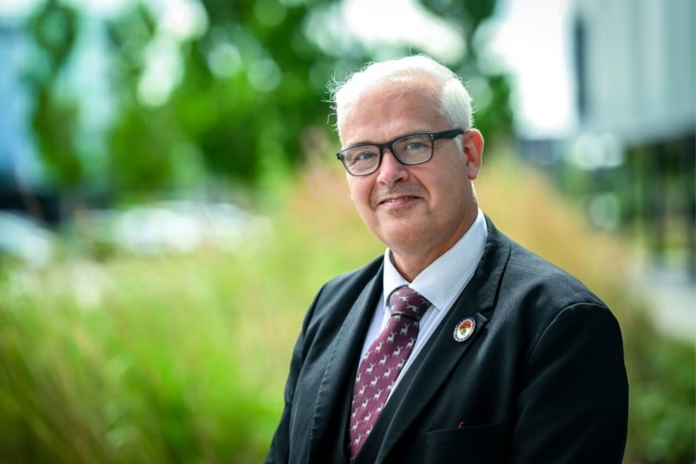The Highland Council is forecasting a budget gap of between £60m and 70m in 2024/25 before any mitigating actions are factored in.
An “unprecedented” level of savings, reductions and mitigations will therefore be required to close the gap, the authority said.
Significant cost reductions and changes in how and what levels of service are delivered will be necessary, according to a mid-year budget update from Brian Porter, the council’s head of corporate finance.
A multi-year medium-term financial planning approach will be “essential to ensure a clear plan and pathway towards achieving a financially sustainable position”, his report added.
The Highland Council’s capital programme will also be affected. A revised programme was agreed at a council meeting last week (14 September) for the five-year period between 2024/25 and 2028/29.
Some £343m of capital investment will be made over this period in line with an affordable level of borrowing, the authority said.
“As elected members, we all want to invest as much as we possibly can in our schools and infrastructure. With the current financial position that continues to prevail, the council isn’t able to afford everything it would like to do. What we have agreed to do is allocate finance to areas where we need to spend money until future funding becomes more readily available,” said Raymond Bremner, leader of the council.

“The revised programme sets out the council’s commitment to projects under way as a result of previous phases of the Scottish government’s Learning Investment Programme (LEIP). The programme will also allocate funding supporting repairs and maintenance of named school projects that are included in the council’s bid to Phase 3 of LEIP whilst we await the outcome of these bids. The council remains totally committed to building the named schools, but, as has been the case to date, this is contingent on funding being made available from the Scottish government.
“We will continue to progress these projects as far as the council can to ensure that they are deliverable should Scottish government funding be forthcoming.”
Assessing the causes of the current financial position, The Highland Council noted that “until settled, there is the risk and uncertainty which remains regarding the cost and funding implications of pay settlements”.
The authority also highlighted “a range of inflationary and other pressures including energy and infrastructure costs”.
The Highland Council said it expected reserves to form an important part of its medium term financial planning. Non-earmarked reserves stood at £70.5m at year-end, while earmarked reserves were £61.3m. The authority said the overall reserves position was “significant and well beyond the minimum level that may be necessary for contingency purposes”.
However, Bremner noted that as reserves are limited they “can’t simply replace the need for sustainable and recurring funding solutions”.
He added: “[Reserves] need to be carefully managed and help us in the budget process, allowing more time for the delivery of necessary cost reductions and transformative change to achieve financial sustainability. But this needs to be done on a clear and planned basis, while ensuring the council maintains an appropriate and prudent level of reserves going forward.”
—————
FREE weekly newsletters
Subscribe to Room151 Newsletters
Follow us on LinkedIn
Follow us here
Monthly Online Treasury Briefing
Sign up here with a .gov.uk email address
Room151 Webinars
Visit the Room151 channel











